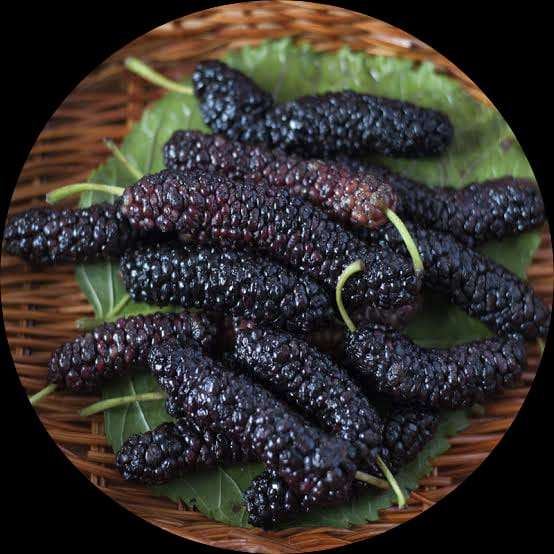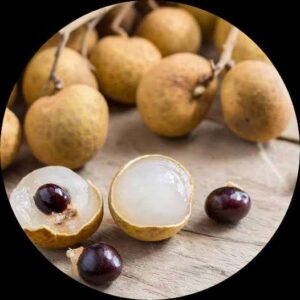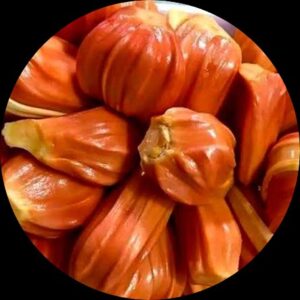- Empty cart.
- Continue Shopping
Pakistan Mulberry
Original price was: ₹1,350.00.₹850.00Current price is: ₹850.00.
Genus : Mrus
Enhance your garden with the Pakistan Mulberry Plant, a fruit tree known for its luscious and flavorful berries. This variety of mulberry tree produces abundant harvests of juicy and sweet fruits that can be enjoyed fresh or used in various culinary creations. With its attractive foliage and bountiful yields, the Pakistan Mulberry Plant is a must-have addition to any fruit garden.
Pakistan Mulberry, also known as Shahtoot, is a species of deciduous tree that is native to Pakistan, India, and China. It is a member of the Moraceae family, which also includes figs and breadfruit.
The tree can grow up to 10-12 meters tall and has a spreading crown. The bark of the Pakistan Mulberry tree is smooth, grayish-brown, and sometimes flaky. The leaves are large, dark green, and glossy, measuring up to 20 cm long and 10 cm wide, and they are heart-shaped with serrated margins.
Pakistan Mulberry trees are dioecious, which means that they have separate male and female flowers. The flowers are small and inconspicuous, and they appear in the spring before the leaves. The female flowers develop into small, juicy fruits that are about 2-3 cm long, and they are usually dark red to black when fully ripe.
Pakistan Mulberry fruits are sweet and juicy, and they are a good source of vitamins and minerals, including vitamin C, iron, and potassium. The fruits are often eaten fresh or used in jams, jellies, and desserts. The leaves of the Pakistan Mulberry tree are also used in traditional medicine to treat a range of ailments, including diabetes, high blood pressure, and inflammation.
Pakistan Mulberry trees are easy to grow and can be propagated from cuttings or seeds. They prefer well-drained soil and full sun, and they are hardy in USDA zones 9 to 11. The tree is also drought-tolerant and can withstand high temperatures, making it a popular choice in hot, arid regions.












Reviews
There are no reviews yet.